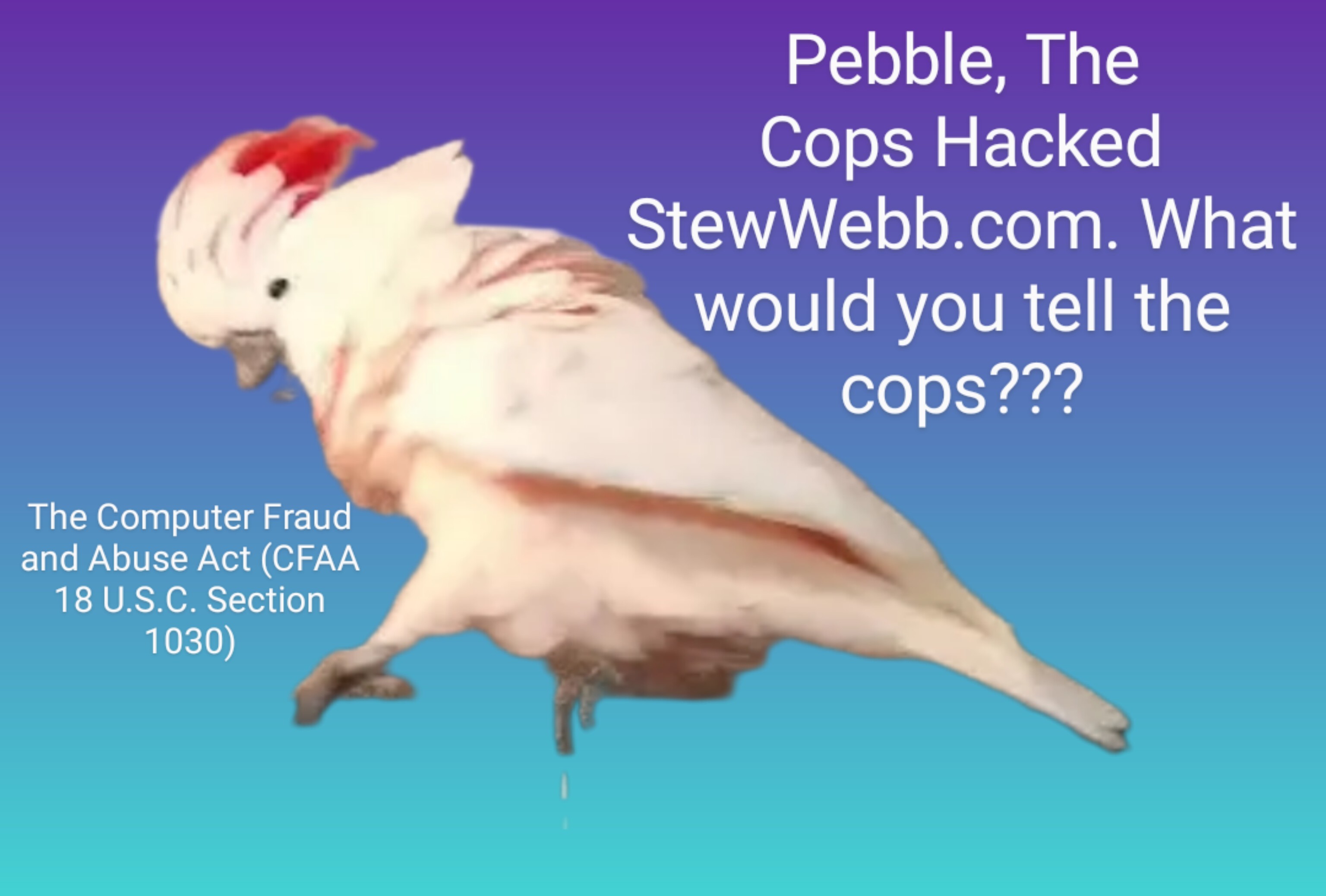Child Abuse Now Adult Syndrome
The Kempe Center for the Prevention & Treatment of …
WebAbout the Kempe Center. The Kempe Center was the first of its kind, established in 1972 to better understand and prevent child maltreatment and to serve affected children and their …
Location: 13123 E. 16th Ave, Aurora, 80045, CO
Phone: (720) 777-2715
The Kempe Center for the Prevention and Treatment of Child Abuse and Neglect is a section of the Department of Pediatrics in the University of Colorado School of Medicine. It was established in 1972 to better understand and prevent child maltreatment and to serve affected children and their families1. The center has been promoting understanding, knowledge, and best practices to prevent and treat child abuse and neglect globally for over 50 years1. The center offers a three-year post-residency fellowship in child abuse and neglect1. For more information about their work and programs, please visit the Kempe Center’s current website at kempecenter.org.
Learn more:
1. medschool.cuanschutz.edu
2. medschool.cuanschutz.edu
3. springer.com
4. news.cuanschutz.edu
5. kempecenter.org
+3 more
What are some signs of child abuse?
How can I help prevent child abuse?
Are there other centers like Kempe Center in the US?
Let’s chat
The Kempe Center for the Prevention & Treatment of child maltreatment
The Kempe Center for the Prevention and Treatment of Child Abuse and Neglect is a section of the Department of Pediatrics in the University of Colorado School of Medicine. It was established in 1972 to better understand and prevent child maltreatment and to serve affected children and their families1. The center has been promoting understanding, knowledge, and best practices to prevent and treat child abuse and neglect globally for over 50 years1. The center offers a three-year post-residency fellowship in child abuse and neglect1. For more information about their work and programs, please visit the Kempe Center’s current website at kempecenter.org.
signs of child abuse
Generating answers for you…
Child abuse is a serious issue that can have long-lasting effects on a child’s physical and mental health. The Mayo Clinic1 provides a comprehensive list of symptoms that may indicate child abuse. Here are some of the most common signs:
Physical abuse: Unexplained injuries, such as bruises, broken bones, or burns; injuries that don’t match the given explanation; injuries that aren’t compatible with the child’s developmental ability.
Sexual abuse: Sexual behavior or knowledge that’s inappropriate for the child’s age; pregnancy or a sexually transmitted infection; genital or anal pain, bleeding, or injury; statements by the child that he or she was sexually abused; inappropriate sexual behavior with other children.
Emotional abuse: Injuring a child’s self-esteem or emotional well-being; verbal and emotional assault, such as continually belittling or berating a child; isolating, ignoring, or rejecting a child.
Medical abuse: Giving false information about illness in a child that requires medical attention,putting the child at risk of injury and unnecessary medical care.
Neglect: Failure to provide adequate food, clothing, shelter, clean living conditions, affection, supervision, education, or dental or medical care.
It’s important to note that these symptoms are just warning signs and do not necessarily mean that a child is being abused. If you suspect that a child is being abused, it’s crucial to report it to the proper authorities immediately. You can find more information about recognizing and reporting child abuse on the National Child Abuse Hotline website at childhelp.org.
Searching for: prevent child abuse
Searching for: prevent child abuse methods
Generating answers for you…
Preventing child abuse is a complex issue that requires addressing risk and protective factors at the individual, relational, community, and societal levels1. Here are some strategies that can help prevent child abuse:
Strengthen economic supports to families: Providing financial assistance to families can help reduce stress and improve their ability to care for their children1.
Change social norms to support parents and positive parenting: Encouraging positive parenting practices and creating a culture of support for parents can help reduce the incidence of child abuse1.
Provide quality care and education early in life: High-quality early childhood education programs can help children develop social and emotional skills, which can reduce the risk of child abuse1.
Enhance parenting skills to promote healthy child development: Parenting programs that teach positive discipline techniques, communication skills, and stress management can help parents develop healthy relationships with their children1.
Intervene to lessen harms and prevent future risk: Providing treatment to children who have experienced abuse or neglect can help reduce the long-term effects of trauma1.
It’s important to note that preventing child abuse requires a collective effort from individuals, families, communities, and governments. If you suspect that a child is being abused, it’s crucial to report it to the proper authorities immediately. You can find more information about recognizing and reporting child abuse on the National Child Abuse Hotline website at childhelp.org.
Learn more:
1. cdc.gov
2. preventchildabuse.org
3. dcyf.wa.gov
4. stanfordchildrens.org
5. healthyplace.com
6. cdc.gov
7. childwelfare.gov
8. childwelfare.gov
+5 more
What are some common myths about child abuse?
How can I volunteer to help prevent child abuse?
Are there any laws that protect children from abuse?
Recent activity
Searching for: child abuse adult syndrome
Generating answers for you…
Child abuse can have long-lasting effects on a person’s physical and mental health. Adults who experienced trauma as children are much more susceptible to depression, mood disorders, and thoughts of suicide. They are also likely to abuse alcohol and other substances and are more prone to developing chronic illnesses, like diabetes and heart disease, later in life1.
There is no specific syndrome called “child abuse now adult syndrome.” However, adults who experienced child abuse may exhibit symptoms of post-traumatic stress disorder (PTSD) later in life1. Symptoms of PTSD can include sudden new fears, separation anxiety, sleep disturbances, sadness, losing interest in normal activities, inability to concentrate, and unexplained anger1.
If you or someone you know is experiencing symptoms of PTSD or other mental health issues related to childhood trauma, it’s important to seek professional help. You can call or text the Childhelp National Child Abuse Hotline at 1-800-422-4453 to speak with a professional crisis counselor. For more mental health resources, see our National Helpline Database.
Learn more:
1. verywellmind.com
2. newportinstitute.com
3. ojp.gov
4. verywellhealth.com
What are some common treatments for PTSD?
How can I help someone who has experienced child abuse?
Are there any support groups for survivors of child abuse?
Recent activity
The Kempe Center
Searching for: how to help someone who has experienced child abuse
Searching for: how to help someone who has experienced child abuse methods
Generating answers for you…
If you know someone who has experienced child abuse, there are several things you can do to help them:
Listen and believe: If someone discloses that they have been abused, it’s important to listen to them without judgment and believe what they say1. Let them know that you are there for them and that you support them.
Encourage them to seek professional help: Encourage the person to seek professional help from a therapist or counselor who specializes in treating survivors of child abuse21. You can offer to help them find a therapist or accompany them to their appointments.
Respect their boundaries: It’s important to respect the person’s boundaries and not pressure them into talking about their experiences if they are not ready1.
Be patient: Recovery from child abuse can be a long and difficult process. It’s important to be patient and supportive throughout the healing process1.
Educate yourself: Educate yourself about child abuse and its effects on survivors. This can help you better understand what the person is going through and how you can support them1.
It’s important to remember that every survivor of child abuse is unique, and there is no one-size-fits-all approach to helping someone who has experienced abuse. If you or someone you know is experiencing symptoms of PTSD or other mental health issues related to childhood trauma, it’s important to seek professional help. You can call or text the Childhelp National Child Abuse Hotline at 1-800-422-4453 to speak with a professional crisis counselor. For more mental health resources, see our National Helpline Database.
Learn more:
1. ascd.org
2. stopitnow.org
3. havoca.org
4. childwelfare.gov
5. childwelfare.gov
6. whiteswanfoundation.org
7. bmcpublichealth.biomedcentral.com
8. healthyplace.com
+4 more
What are some common misconceptions about child abuse?
How can I report suspected child abuse?
Are there any support groups for survivors of child abuse?
Recent activity
Searching for: common misconceptions about child abuse
Generating answers for you…
There are many misconceptions about child abuse that can make it difficult to recognize and report. Here are some common myths and facts about child abuse:
Myth: Emotional abuse and neglect are less serious than physical abuse. Fact: Child abuse in all forms can result in actual or potential harm. There are various types of child abuse, including physical, emotional, and sexual abuse, and mental and emotional neglect. All of which include an emotional component. The emotional impact of any form of child abuse can be devastating. While physical abuse can result in more obvious signs of maltreatment because its impact can be seen, the importance of caring for the emotional health of a child can not be overstated. Emotional abuse is associated with severe, long-lasting psychological, behavioral, developmental, and physical health issues1.
Myth: A child abuse diagnosis ruins a child for the rest of their life. Fact: Child abuse and neglect is not a diagnosis or a life sentence. Any life event has the potential to impact who we become as adults. But that doesn’t mean that abuse has to be a life sentence. And it isn’t a diagnosis. Support and access to services can provide the tools to heal1.
Myth: It is easy to identify a victim of child abuse or neglect. Fact: Although there may be telltale signs of some types of child abuse, not all victims exhibit obvious signs. Even the best parents or most astute adults may not recognize the signs of child abuse, which is not an indictment on those who failed to recognize that abuse was happening1.
Myth: Child abuse only happens in lower economic classes of society. Fact: Child abuse doesn’t discriminate. Child abuse can and does happen anywhere and to anyone. It exists in every corner of society. It transcends locations, races, socioeconomic classes, and communities and can occur in many forms1.
Myth: Children lie about abuse all the time. Fact: It’s rare for a child to lie about being abused. Although gathering statistics on the percentage of children who lie about abuse is difficult, it’s unlikely to be true. A child won’t usually use the words an adult would when reporting abuse. They may be confused, overwhelmed, or scared1.
It’s important to remember that every survivor of child abuse is unique, and there is no one-size-fits-all approach to helping someone who has experienced abuse. If you or someone you know is experiencing symptoms of PTSD or other mental health issues related to childhood trauma, it’s important to seek professional help. You can call or text the Childhelp National Child Abuse Hotline at 1-800-422-4453 to speak with a professional crisis counselor. For more mental health resources, see our National Helpline Database.
ask me anything about child abuse now adult syndrome
https://www.bing.com/search?q=The+Kempe+Center+for+the+Prevention+%26+Treatment+of+%E2%80%A6%0AWebAbout+the+Kempe+Center.+The+Kempe+Center+was+the+first+of+its+kind%2C+established+in+1972+to+better+understand+and+prevent+child+maltreatment+and+to+serve+affected+children+and+their+%E2%80%A6%0A%0ALocation%3A+13123+E.+16th+Ave%2C+Aurora%2C+80045%2C+CO%0APhone%3A+%28720%29+777-2715&form=IPRV10&showconv=1



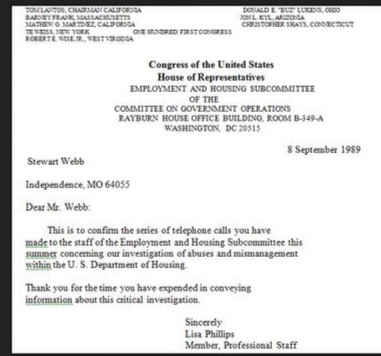
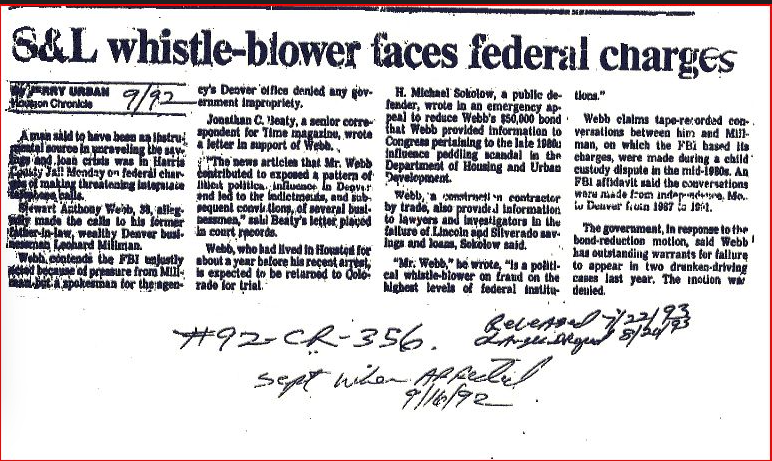
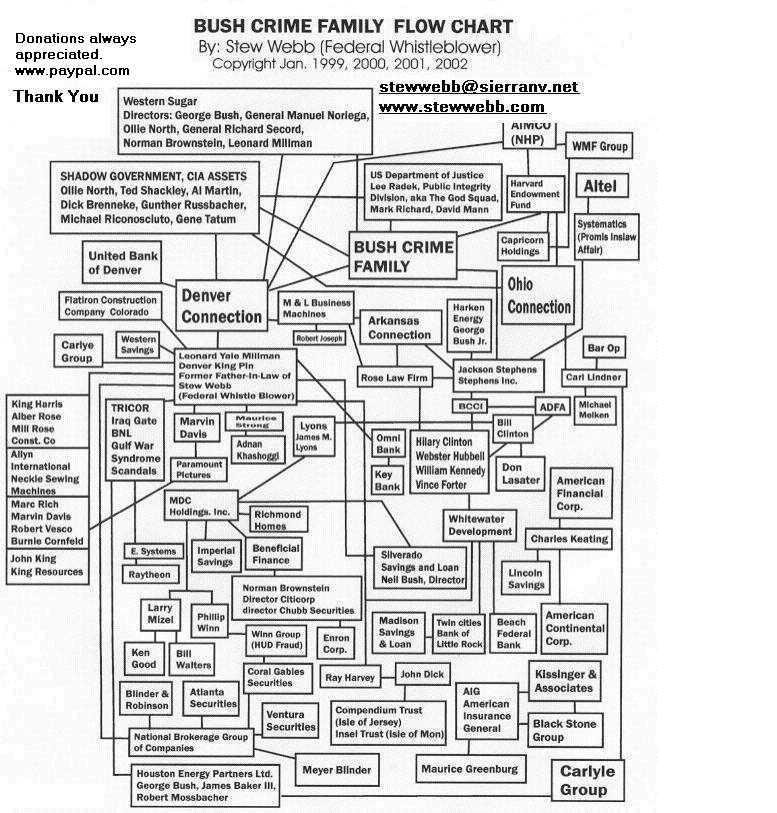
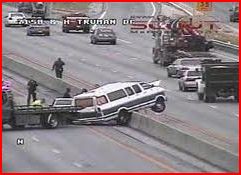
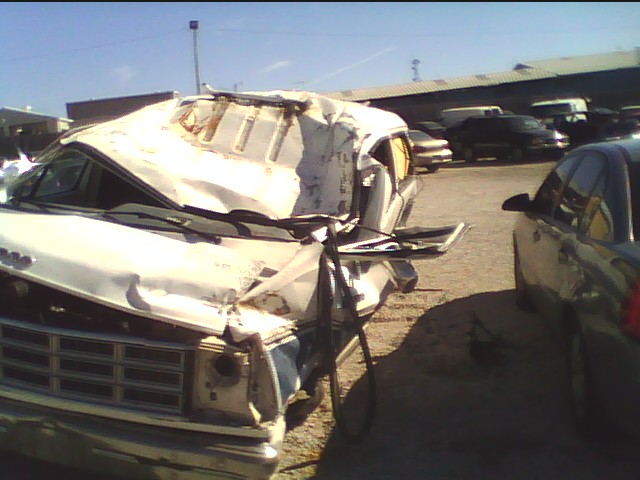



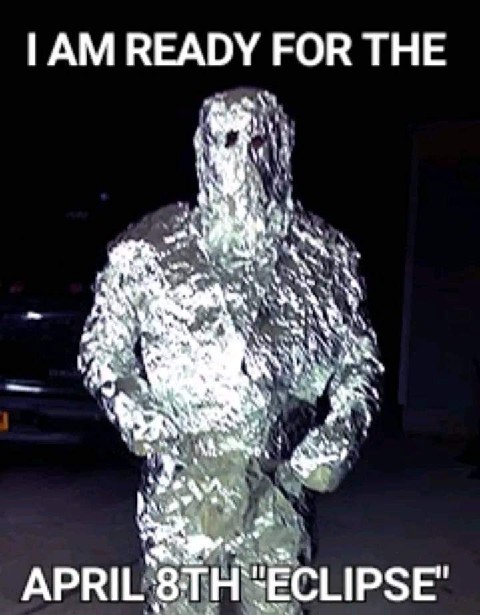
.jpg)

